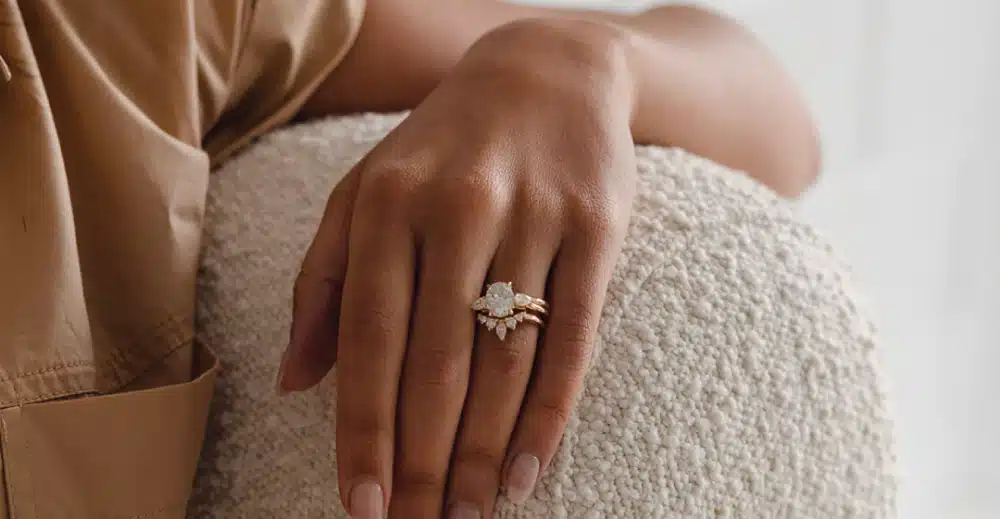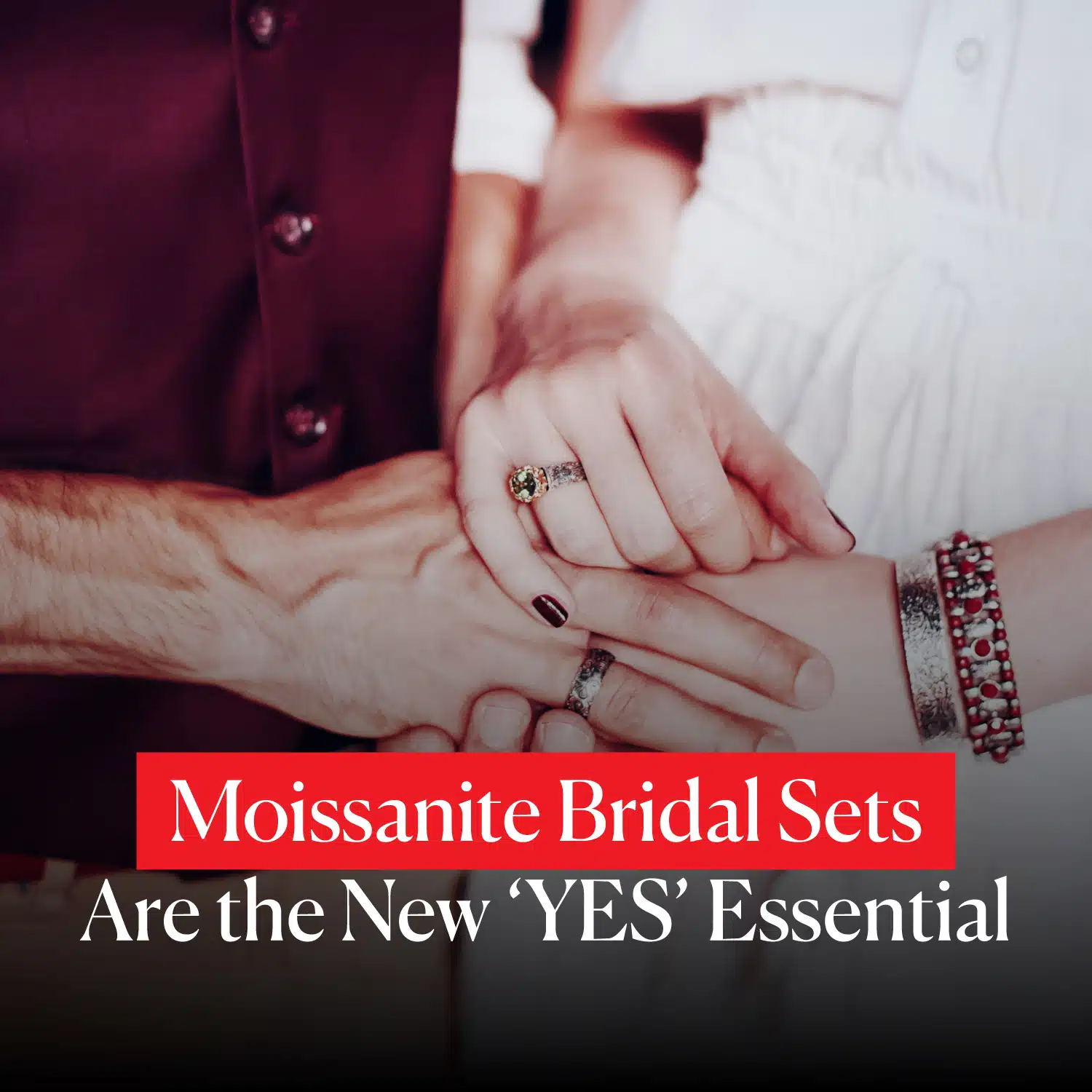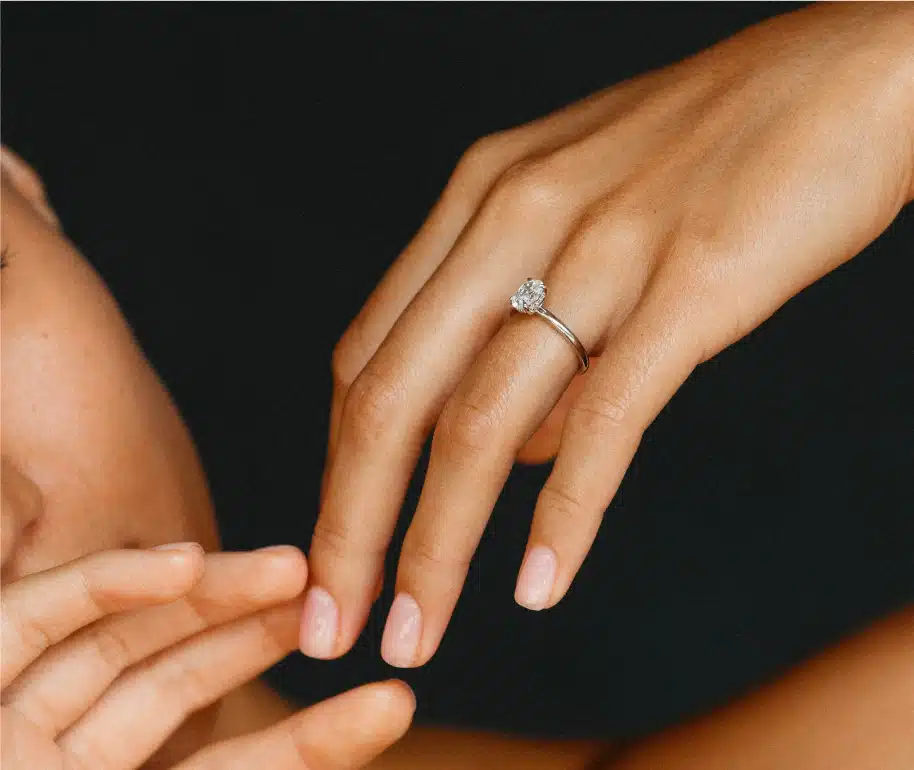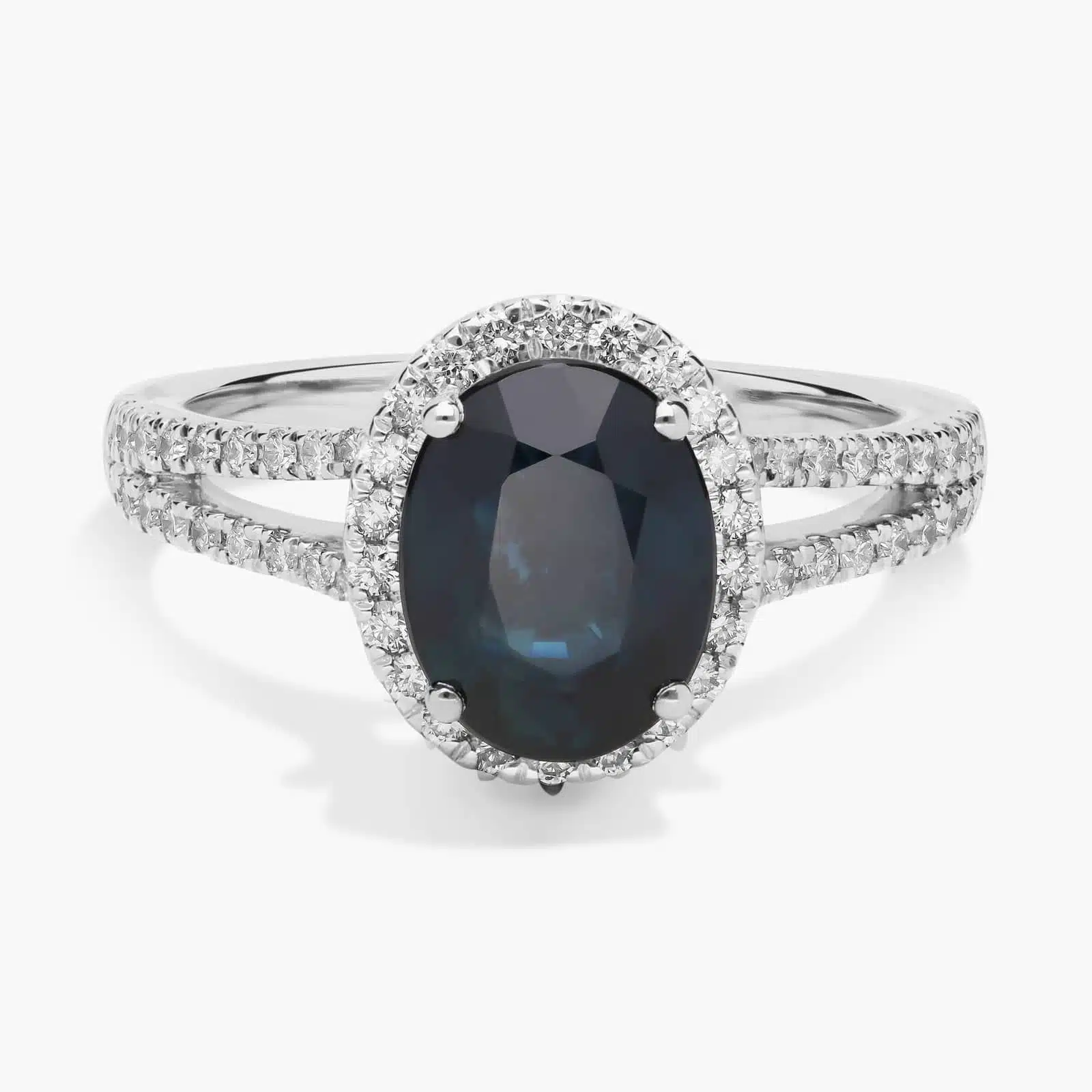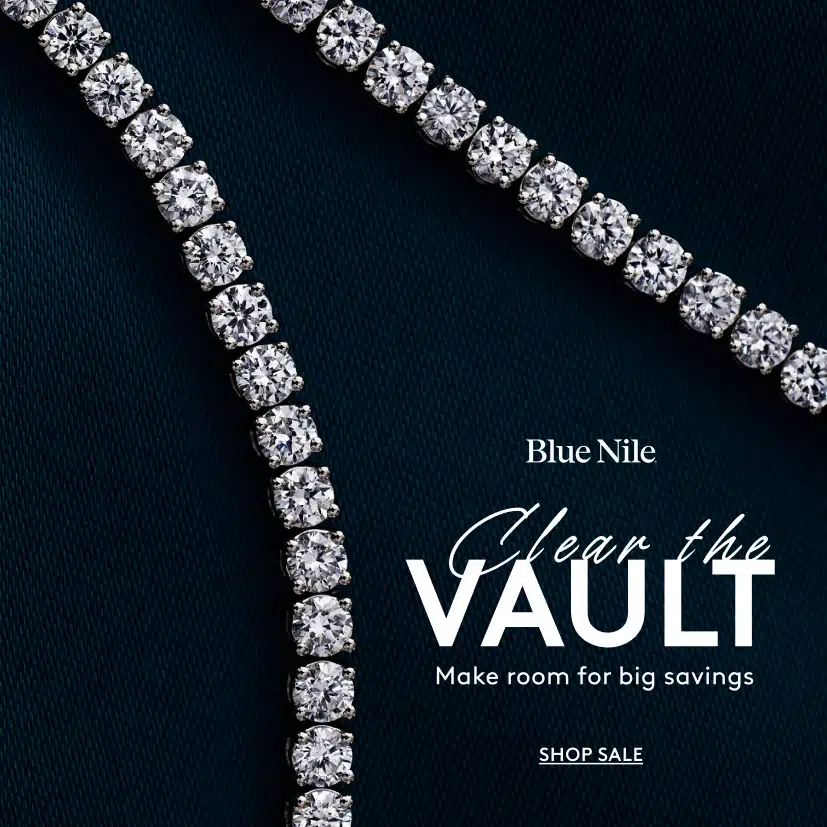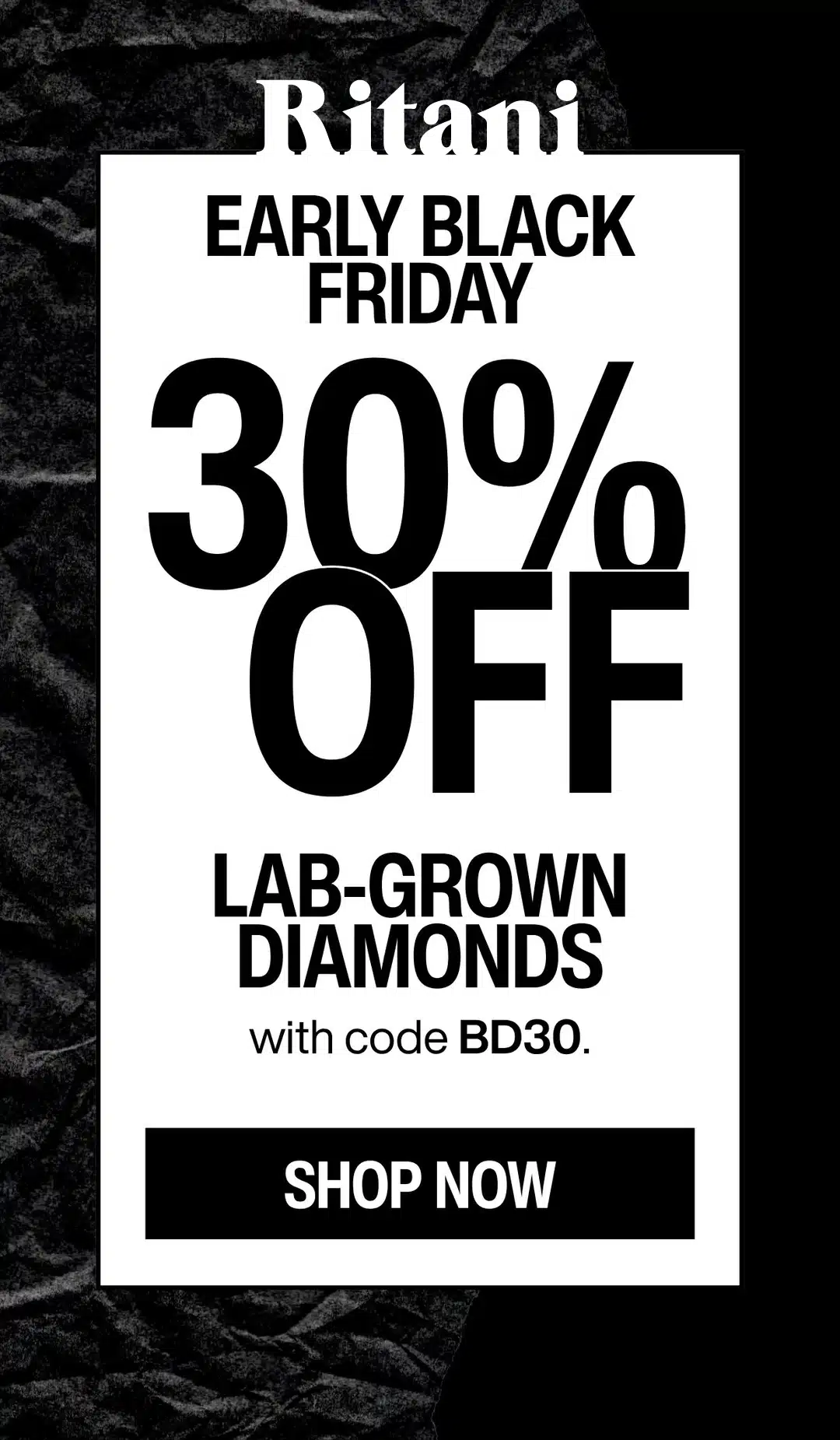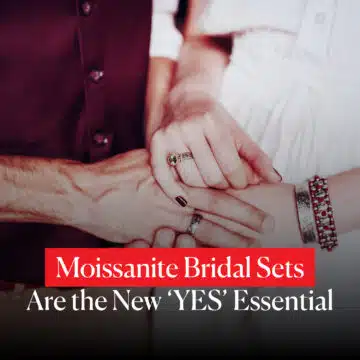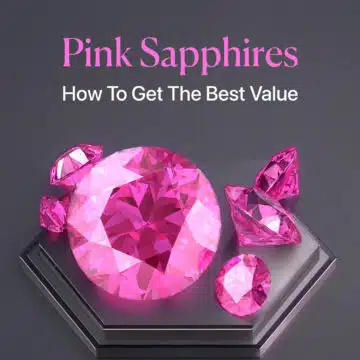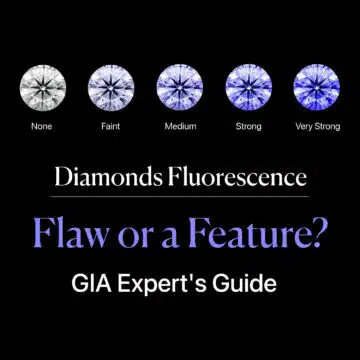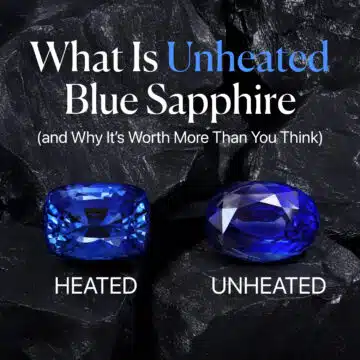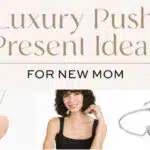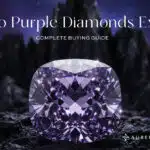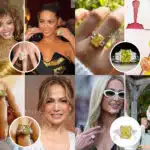Yes, purple diamonds absolutely exist, but they are so extraordinarily rare that for most of history, they have been the stuff of legend, treasured by collectors and royalty as one of nature’s most beautiful and unlikely creations.
These aren’t just gems; they are geological anomalies. The purple diamond is a beautiful accident of nature, so scarce that the closure of a single key source—Australia’s famed Argyle Mine—sent shockwaves of scarcity through the entire high-end market. But today, the story of this mythical stone has taken a turn worthy of science fiction.
It’s a story that now stretches from a stunning new 2025 mine discovery in Canada to the frontiers of science, where mind-blowing new technologies are using real purple diamonds to explore the farthest reaches of deep space.
This is the ultimate guide to that incredible journey. Together, we’ll uncover the violent origins of their regal color, explore their staggering, multi-million-dollar prices, and reveal the brilliant modern reality of lab-grown purple diamonds—a breakthrough that finally makes this legendary color accessible to more than just billionaires.
Welcome to the world of the purple diamond.
Diamond IQ Test: Natural or Lab-Grown?
Two identical diamonds: GIA Certified, 1.51ct, D Color, VVS1, Ideal Cut. One is natural ($16,530), the other is lab-grown ($2,390). Choose the diamond you like better and see if you can match it to its origin.
The Birth of a Purple Diamond: Nature’s Impossible Gem
Every diamond is a small miracle, but a natural purple diamond is on another level entirely. It is a gemstone born from such specific and violent conditions that its very existence is a statistical impossibility. To understand its immense value and rarity, we have to journey deep into the earth and uncover its secrets.
How Does a Diamond Become Purple?
The story of the purple colour diamond is captivating because it’s different from its fancy colored cousins. With the brilliant gems we explored in our Yellow Diamond guide, the color comes from a chemical impurity—nitrogen getting trapped in the carbon. But the purple diamond is purer. Its color is not the result of a new ingredient, but of a traumatic event.
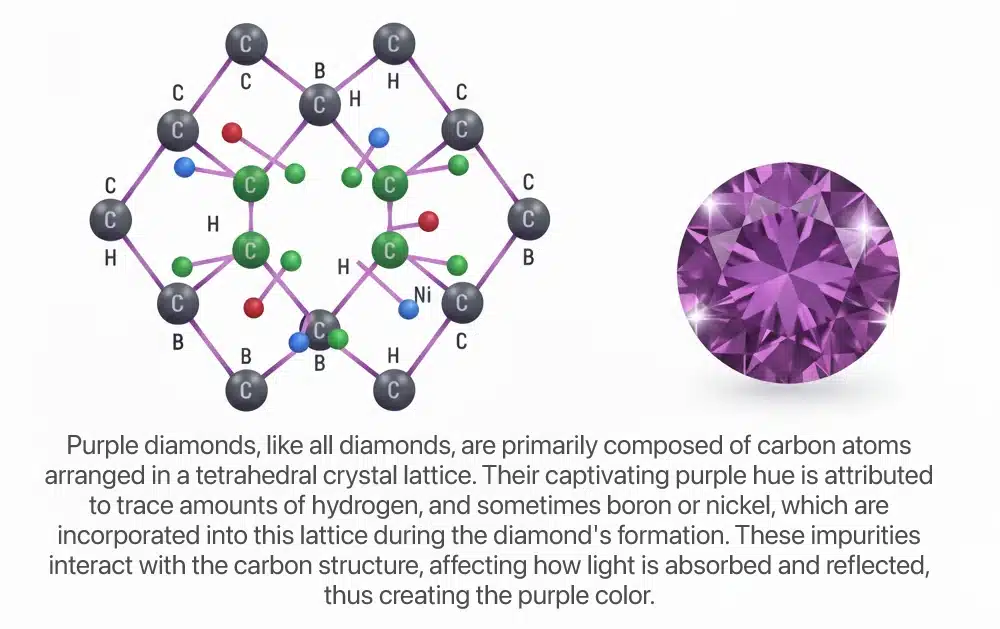
The hue of a natural purple diamond is a fascinating geological paradox. While the immense stress of plastic deformation is the primary cause—literally twisting the carbon lattice to absorb yellow light—scientists have also observed that trace amounts of hydrogen (H), boron (B), or sometimes nickel (Ni) play a crucial supporting role.
As shown in the diagram, these minute “impurities” become locked into the tetrahedral crystal structure during the diamond’s violent formation, creating the perfect cosmic fingerprint that results in that breathtaking, regal purple color.
It’s a beautiful, happy accident. Billions of years ago, as the diamond was forming, it was subjected to an almost unimaginable level of pressure. This extreme stress literally deformed the crystal structure, twisting and straining the bonds between the carbon atoms.
This structural deformity, known as plastic deformation, alters the way light travels through the stone, forcing it to absorb yellow light and reflect that stunning purple hue. It’s a color born not from what was added, but from the immense stress the diamond survived. It is this incredible internal structure that also gives the stone its legendary toughness, a topic we touch on in our guide, What Things Are Strong Enough to Break Diamonds.
Scientists also believe that the presence of trace amounts of hydrogen or boron at the moment of this deformation can play a crucial role, creating the perfect “cosmic fingerprint” that results in the final, breathtaking diamond purple color.
A Crisis of Rarity: The Argyle Effect
Now, let’s talk about the numbers, because this is where the story goes from rare to almost mythical.
- Less than 1% of all natural diamonds mined in the world have enough color to be considered a “fancy colored diamond.”
- Within that tiny 1%, purple is one of the very rarest shades, right alongside pure red and blue. A pure, vivid purple diamond gemstone is one of the ultimate prizes in the gem world.
This natural scarcity was dramatically amplified by a single event: the closure of Australia’s Argyle Mine. As we discussed in our dedicated guide to Argyle Diamonds, this mine was a geological treasure chest. It was the world’s number one source for the rarest fancy colors, including the famous pinks, but it also consistently produced the world’s most beautiful violet and purplish diamonds.
When Argyle ceased all operations in 2020, the primary, albeit tiny, tap for these gems was turned off forever. This created a massive supply shock.
It has made an already impossibly rare gem a true collector’s piece, putting it in a class of its own, far beyond even the most flawless and beautiful colorless stones, like those we explore in our guide to D Color Diamonds. It’s the reason why the question is not just “is there a purple diamond?“, but “where on earth can I still find one?“.
Purple Diamonds in 2025: From a Canadian Mine to Deep Space
While the history of the purple diamond is rooted in myth and ancient geology, its present-day story is one of surprising new discoveries and futuristic technology. The world of this ultra-rare gem is more dynamic in 2025 than ever before, stretching from the icy tundra of Canada to the farthest frontiers of space exploration.
A New Discovery Lights Up the Market
In the post-Argyle era, the discovery of any significant colored diamond makes headlines. But in June 2025, the gem world was electrified by a find that was as exciting as it was unexpected.
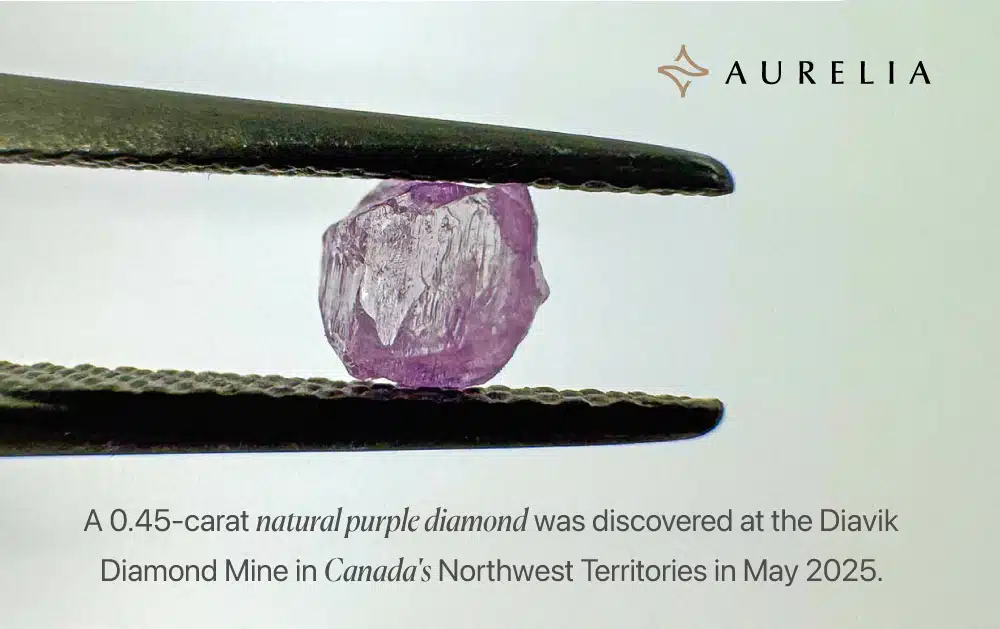
At the Diavik Diamond Mine in Canada’s Northwest Territories—a mine famous for its beautiful but almost entirely colorless diamonds—miners unearthed a stunning 0.45-carat natural purple diamond.
This discovery is a huge deal, and here’s why:
- It’s Anomaly: Diavik is approaching its end of life, and its geology is not known for producing fancy colors. Finding a purple diamond here is a one-in-a-million geological surprise.
- It Confirms Rarity: This find reinforces the extreme scarcity of these gems. A single, small raw purple diamond is now a global news event.
- It Highlights Ethics: The find shines a light on Diavik’s legacy of responsible and sustainable mining practices, a crucial factor for modern buyers concerned with a diamond’s origin, which we discuss in our guide Why Do We Refer to Some Diamonds as Conflict Materials?.
Here is a quick breakdown of this important find:
| Discovery Fact Sheet | Details |
| Diamond Name | The Diavik Purple Discovery |
| Date Found | June 2025 |
| Carat Weight | 0.45 Carats (Rough) |
| Origin | Diavik Mine, Canada |
| Significance | Extremely rare find from an unexpected source |
Mehedi’s Tip: “A find like this doesn’t increase supply; it increases hype. It confirms to the market just how incredibly rare a natural purple diamond is, which in turn reinforces the value of existing stones. A discovery like this makes every purple diamond, big or small, even more special.”
The Sci-Fi Future of the Purple Diamond
The story gets even more incredible. Today, the answer to the question “is there purple diamonds?” isn’t just “yes”; it’s that a purple diamond’s unique properties are now being used to create technology that feels like science fiction. This stone isn’t just jewelry anymore; it’s becoming a key to unlocking the secrets of the universe.
In late 2024, researchers in Australia achieved a monumental breakthrough: a room-temperature solid-state maser amplifier. That’s a mouthful, so let me break it down:
- What It Is: Think of it as a super-powered hearing aid for our space telescopes.
- What It Does: It can take the faintest, weakest microwave signals from distant stars and galaxies and amplify them by a factor of 10,000 or more.
- The Secret Ingredient: The entire device is built around a precisely engineered, lab-created purple diamond. Its unique crystal structure is perfect for this task.
This technology could completely revolutionize astronomy and is being refined in 2025 for potential use by NASA. The same atomic quirks that create a beautiful gemstone are now helping us listen to the whispers of the cosmos.
The technology to create these perfect diamonds is also leaping forward. In 2025, AI-Driven CVD (Chemical Vapor Deposition) is changing the game for lab-grown gems.
| Lab Diamond Tech Advancements (2025) | Impact for Buyers |
| AI-Optimized Growth | 40% faster production times. |
| Precise Color Control | 99.8% accuracy in hitting the target color. |
| Higher Quality | Fewer inclusions and better crystal quality. |
This means that high-quality, vividly colored lab-grown purple diamonds are becoming more accessible and consistent than ever before. The incredible technology behind creating them is now being matched by the advanced grading techniques used to certify them, a process we detail in our guide to the GIA New Lab Diamond Report.
Mehedi’s Tip: “Just because it’s a lab-grown diamond doesn’t mean all quality is equal. Thanks to this new AI tech, the color consistency is better than ever. When you’re shopping, still insist on an IGI or GIA report and look for that top-tier ‘Fancy Vivid Purple’ grade to get a stone with the best and most beautiful color.”
The Price of Royalty: What Are Purple Diamonds Worth?
When we talk about the purple diamond price, we are entering one of the most exclusive and astronomical markets in the world. The value of these gems is dictated by a level of rarity that is almost impossible to comprehend. But in 2025, a technological revolution has created a second, parallel reality for this mythical color.
Natural vs. Lab-Grown: A Jaw-Dropping Price Comparison
This is the single most important financial reality for anyone dreaming of a purple diamond engagement ring. The difference in cost between a natural stone and a lab-grown one is not just a gap; it’s a canyon. The visual evidence is the most powerful story I can tell.
Look at the staggering difference in the images you’ve seen. On one hand, you have a breathtaking natural GIA 2.02 Carat Fancy Pinkish Purple-VS1 Cushion Cut Diamond from James Allen with a price tag of $649,290.
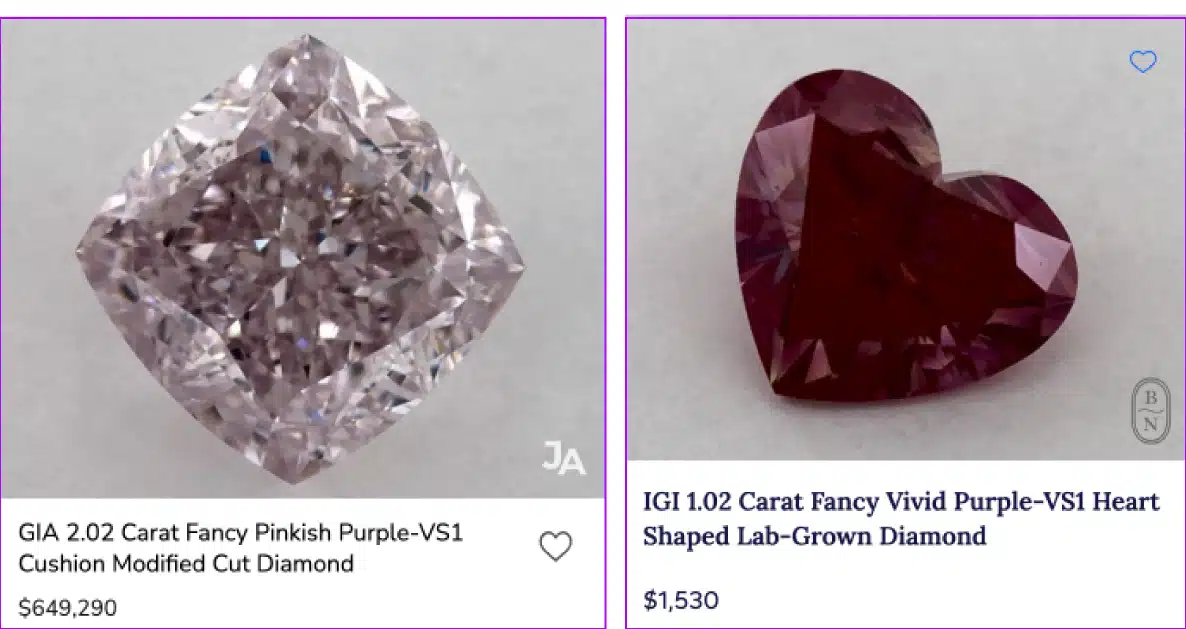
On the other, you have an entire tray of spectacular, vividly colored lab-grown purple diamonds. Look at the IGI 1.01 Carat Fancy Vivid Purple-VS1 Heart Shape from Blue Nile, available for just $1,530.
Let that sink in. For less than the sales tax on the natural stone, you can own a spectacular, larger-than-one-carat, vividly colored lab-grown purple diamond. This isn’t a small difference; it is the most dramatic value proposition in the entire diamond industry. It’s the reason that for the first time in history, beautiful real purple diamond rings are within reach for more than just billionaires.
This price difference is entirely about rarity. A natural stone’s value is tied to its scarcity, which makes it a hard asset. A lab-grown stone’s value is in its beauty and accessibility. Understanding this is key to getting an accurate definition of appraisal for your diamond ring.
Deal Alert:
Elevate your design. Get up to 30% OFF engagement ring settings at
One In A Lifetime Sale:
“Clear The Vault” – Get up to 70% OFF on select jewelry at
| Pro Tip:
See every detail with 360° HD videos available at
Historical Titans: The Rings That Set Records
To truly understand why natural purple diamonds real value can reach such heights, you have to look at the legendary stones that have made history at auction. These are the titans of the gem world, the sales that set the benchmark for what these impossible gems are worth.
| Iconic Purple Diamond | Carat Weight | Price / Value | Mehedi’s Note |
| Vanessa Bryant’s Ring | 8.00 Carats | ~$4 Million | A legendary and exceptionally large pure purple stone. |
| The Purple Orchid | 3.37 Carats | $4 Million | Over $1.18M per carat, proving intense color is king. |
| The Spirit of the Rose | 14.83 Carats | $26.6 Million | A record-setting pink purple diamond that shows the power of this color combination. |
These sales prove that when you reach this level, you are no longer just buying a stone; you are acquiring a piece of natural history.
Even at this level, the quality details matter immensely, and having a high clarity grade like VVS is a significant value multiplier, a concept we explore in our guide to VVS1 Diamond Meaning & Cost. These historical titans are the reason why the purple diamond is, and always will be, considered gemstone royalty.
Icons in Purple: The Celebrities Who Wear This Ultra-Rare Gem
While a purple diamond is one of the rarest sights in nature, it is even rarer on the red carpet. In a world saturated with incredible jewels, choosing to wear purple is the ultimate statement of confidence and a deep appreciation for the truly unique.
Unlike the sunny disposition of the gems we explore in our guide to Iconic Yellow Diamond Engagement Rings, the choice of purple signifies an even deeper commitment to rarity and individuality.
The Ultimate Purple Diamond Moment: Vanessa Bryant
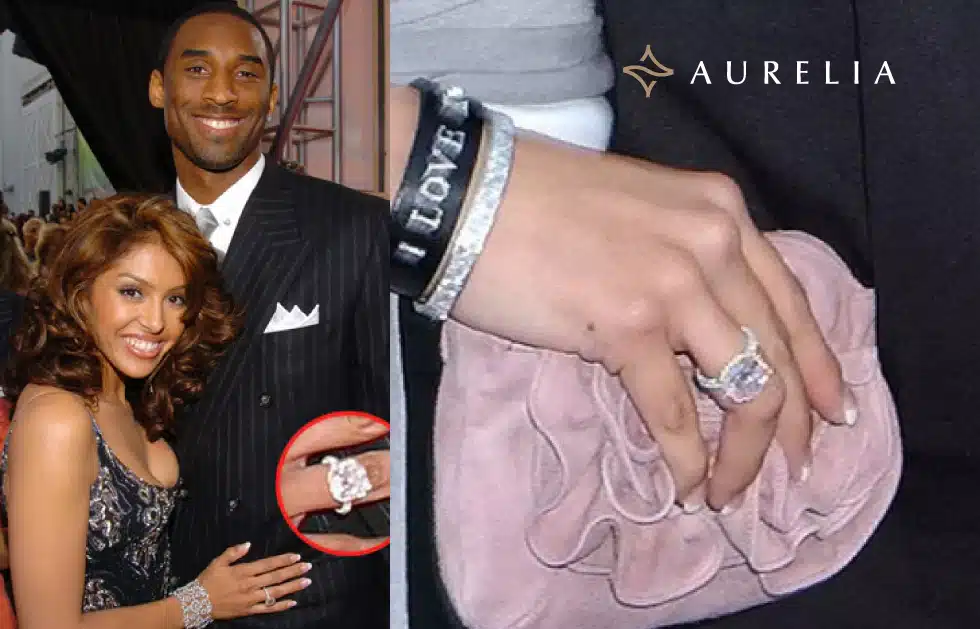
When you talk about celebrity purple diamond rings, the conversation begins and ends with one legendary piece. In 2003, in a widely publicized gesture of love, basketball icon Kobe Bryant gifted his wife, Vanessa, a ring that remains one of the most significant colored diamonds in celebrity history.
The ring features a breathtaking 8-carat, natural fancy purple diamond. At an estimated value of ~$4 million, it is a true collector’s piece. The sheer size of this stone is what makes it so legendary. As we’ve learned, most natural purple diamonds are found in sizes under one carat.
To find an 8-carat stone with a strong, beautiful purple color is a once-in-a-generation discovery. This ring single-handedly put the purple diamond on the map for the public, cementing it as a symbol of epic romance and unimaginable luxury.
Red Carpet Radiance
While Vanessa Bryant’s ring is the most famous example of ownership, the regal color purple has made select, powerful appearances at the world’s most glamorous events.
Global style icons like Rihanna and Jennifer Lopez have been known to wear exquisite fancy colored diamond jewelry, including pieces with stunning purple and violet hues, often from legendary houses like Chopard and Harry Winston.
These red carpet appearances are always major moments because they are so rare. When a star chooses purple, it’s a deliberate and sophisticated style choice that stands out in a sea of white, yellow, and even blue diamonds.
The choice of such a unique and personal stone over a classic is the ultimate statement of individual style. It’s a decision based not on trends, but on a deep connection to a gem’s specific personality and beauty.
This is a concept we explore in our deep-dive, James Allen vs. Brilliant Earth: A Jeweler’s Unfiltered Comparison, because finding a jeweler that understands your personal style is just as important as finding the perfect stone.
It’s a truth that lies at the heart of our guide, How to Find Out What Ring a Girl Really Wants—the answer is always the one that is most uniquely her.
Your Guide to Buying a Purple Diamond
Feeling inspired by the magic of this regal gem? The idea of owning a purple diamond ring is an exciting one, but this is a world where knowledge is absolutely your most powerful asset. Finding and choosing a purple diamond isn’t like buying any other gemstone. Let me be your guide through the most critical decisions you’ll make.
Understanding the GIA Grades: From Faint to Vivid
The single most important factor that determines the beauty and purple diamond price is its color, as graded on an official GIA report. This report is your unbiased map. The intensity scale is a journey from a subtle hint of color to a deeply saturated, electric hue.
This is where the purple color is a delicate, romantic suggestion rather than a bold statement.
- What You’ll See: In this range, you’ll find stones with a soft, pastel color, often described with the beautiful nickname “lavender diamonds.”
- Who It’s For: A light purple diamond is perfect for someone who loves a unique, understated elegance. It’s a color you might notice and fall in love with up close.
- The Value: This is the most accessible entry point into the world of purple diamonds, offering a touch of this rare color without the premium of the higher grades. It’s a fantastic choice for those seeking unique beauty. Understanding these nuances is just as important as knowing the basics, like we cover in our SI1 Clarity Diamond Guide.
In this tier, the color becomes the star of the show.
- What You’ll See: The purple is now a confident, undeniable primary characteristic of the diamond. A Fancy Intense Purple will have a rich, deep, and vibrant saturation.
- Who It’s For: This is the sweet spot for a classic purple diamond engagement ring. The color is strong enough to be immediately recognized and admired from a distance.
- The Value: The price begins to climb significantly in this range. A “Fancy Intense” grade signifies a rare and desirable level of saturation, and its value reflects that. It is a grade with serious presence, clearly defined on the full Diamond Grading Chart (4 Cs).
This is the holy grail. The rarest of the rare.
- What You’ll See: An electric, pure, and powerfully saturated purple. It is the most brilliant and valuable hue a purple diamond gemstone can possess.
- Who It’s For: This is the realm of the collector and the connoisseur. A Fancy Vivid Purple is an investment-grade asset and one of the rarest gems on earth.
- The Value: This grade commands the absolute highest price, often many times more than a Fancy Intense stone of the same size.
It’s rare to find a pure purple diamond. The GIA report will almost always note a secondary color, which dramatically affects the look and price.
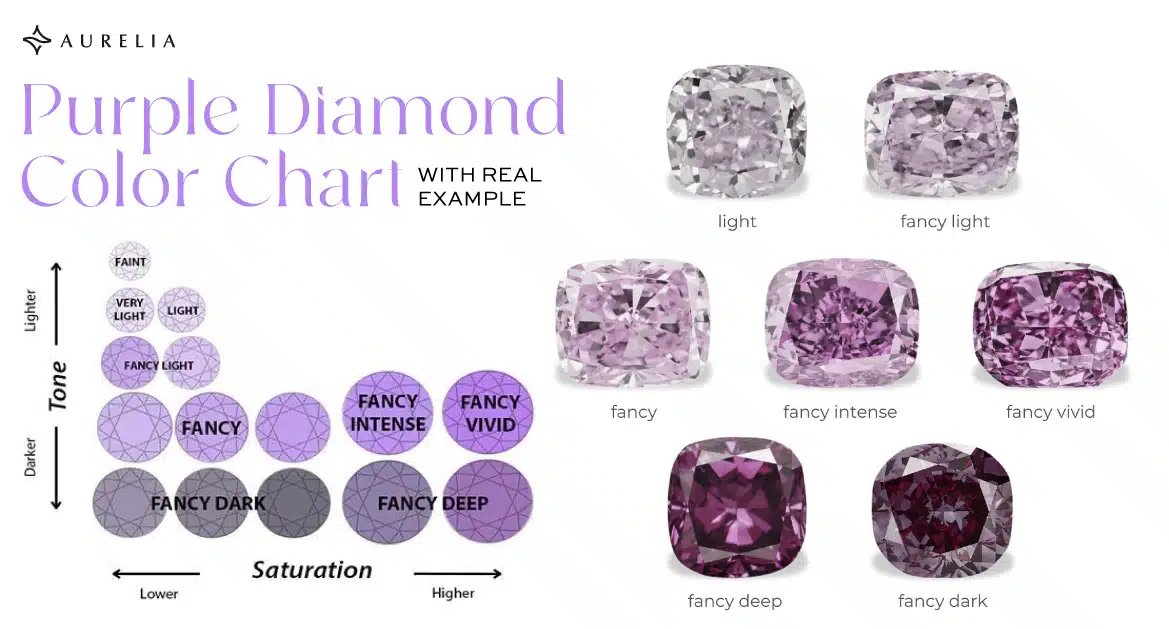
- Pinkish Purple: This is generally the most desirable and beautiful modifier. It adds a layer of romantic warmth to the regal purple, creating a stunning “royal” hue. A pink purple diamond is highly coveted.
- Grayish Purple: This is a less desirable modifier. A grayish tint can create a more “moody” or “smoky” appearance, which dulls the vibrancy of the purple and significantly reduces the stone’s price. Understanding how a single trait can affect value is key, a lesson we also see in our analysis of the I1 Clarity Diamond.
Where to Find Purple Diamonds For Sale
Just a few years ago, the answer to this question was “almost nowhere.” But today, thanks to the rise of incredible online retailers and lab-grown technology, you have more choice than ever before.
For a stone where color is everything, seeing it is non-negotiable. James Allen is my top recommendation because of their industry-leading, high-resolution 360° videos.
James Allen: Our 5-Star Choice for Price and Selection
Check our comprehensive James Allen Review to learn more about their pricing and commitment.
This technology is a game-changer for buying colored diamonds online, as it allows you to:
- Judge the true saturation and intensity of the color.
- Spot any secondary hues that might not be obvious from a photo.
- Inspect the stone for clarity and cut quality.
Crucially, they offer an excellent selection of both rare natural loose purple diamond options and an incredible array of lab-grown purple diamonds, giving you the power to compare. - Explore Fancy Colored Diamonds at James Allen
As one of the world’s largest and most trusted online diamond retailers, Blue Nile provides an incredible, curated collection. Their powerful filters allow you to search specifically for the purple color diamond you want, comparing different shapes, carat weights, and price points side-by-side. Like James Allen, they have embraced the modern diamond market and offer choices for both:
- Natural Purple Diamonds: For those seeking an investment in geological rarity.
- Lab-Grown Purple Diamonds: For those who want to maximize size and beauty for their budget.
This dual offering gives you, the buyer, the ultimate control over your purchase. You can see their full range and discover what’s possible within your budget. - Discover Fancy Colored Diamonds at Blue Nile
Ultimately, finding your dream diamond is about having great options and trusting your vendor, a principle that is core to my recommendations in the Best Places to Buy Engagement Rings Online.
The Expert Answers to Your Purple Diamond Questions
You have specific, intelligent questions, and in a market this rare and complex, you deserve specific, intelligent answers. Here is my complete breakdown of everything you need to know.
My Final Verdict: A Gem of Myth and Modernity
So, let’s come back to that mythical question one last time: do purple diamonds exist?
The answer is a resounding and multifaceted YES. They are breathtakingly real, and their story is more fascinating now than ever before. Real purple diamonds exist as geological impossibilities, born in the deepest mines and treasured as priceless assets. But they also exist on the frontiers of space, where their unique properties are helping humanity explore the cosmos.
And, most excitingly for you, they now exist as an attainable reality. For the first time in history, thanks to the miracle of lab-grown technology, the incredible, regal beauty of a purple diamond ring is within reach for more than just collectors and billionaires.
Whether you choose to invest in a piece of geological history or a masterpiece of modern science, you are choosing one of the most beautiful and unique gemstones on the planet.
Continue Your Research Journey
You now know more about one of the rarest and most fascinating gems on Earth than 99% of people. You understand their secret origins, their surprising future, and the incredible choice you have as a modern buyer. The next step is to take this expert-level knowledge and turn your inspiration into action. These hand-picked guides will help you master the final steps of your diamond journey.
Explore the Top Online Retailers
You know where to find these amazing gems. Now, see how the best in the business compare and find the perfect partner for your purchase.
- A Battle of the Titans: See how a tech innovator stacks up against an industry giant in our showdown, Ritani vs. James Allen: An Expert Breakdown.
- The Online Pioneer, Examined: Build your foundation of trust by understanding one of the originals in our guide, Is Blue Nile a Reputable Company?.
- A Look at a Major Player: Get the full story in our unfiltered comparison, Zales vs. Blue Nile.
Become an Expert on Shape and Style
You’ve learned that cut is crucial for color. Now, become an expert on the specific diamond shapes that might capture your heart.
- For a Modern, Geometric Look: Our complete guide to Princess Cut Engagement Rings from James Allen.
- For an Elongated, Elegant Shape: Discover the secrets of a cut that maximizes carat weight in our Marquise Cut Diamond Guide.
- For a Classic with a Twist: Everything you need to know about the beloved Pear-Shaped Diamond Ring.
Master the Practical Steps of Your Purchase
Let’s turn your knowledge into a smart, confident purchase with these essential guides.
- Visualize Your Dream Ring: See how different carat weights look in the real world with our indispensable Visual Diamond Carat Size Chart.
- Get the Best Possible Value: Time your purchase perfectly with our insider’s guide to the Best Times to Buy a Diamond Ring.
- Protect Your Investment for the Future: Understand a key factor for long-term enjoyment with our deep dive, Do Old Mine Cut Diamonds Have a Culet?.

